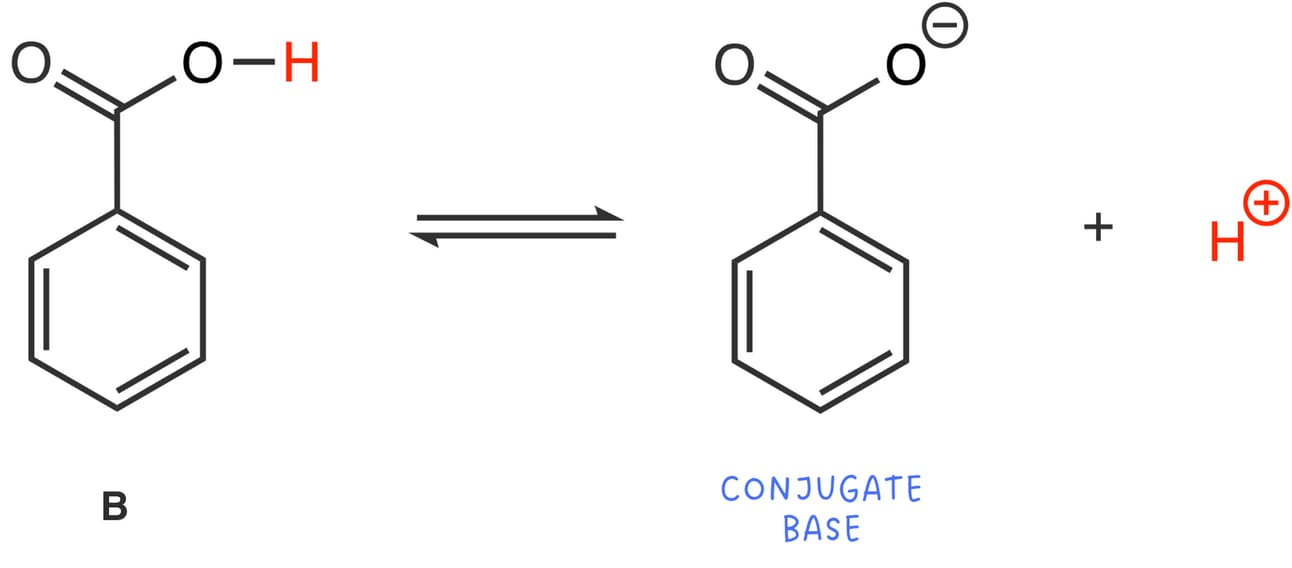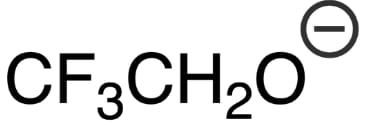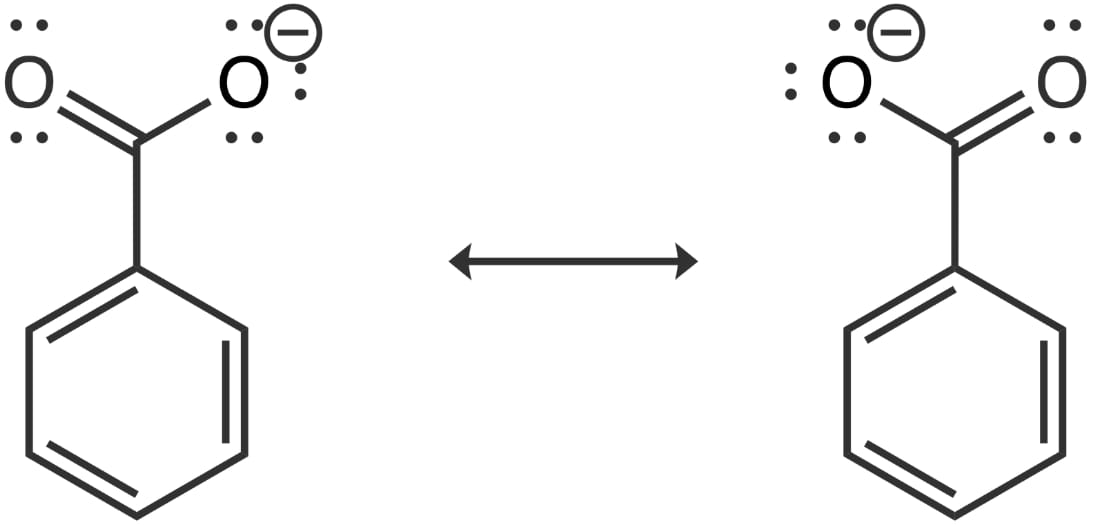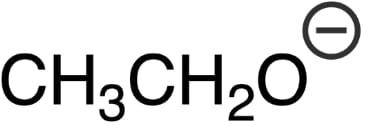- Scholarli
- Posts
- How to rank acids by strength without using a pKa table
How to rank acids by strength without using a pKa table
A step-by-step approach to determining the relative strength of acids based on the stability of their conjugate bases
By the end of this guide,
You’ll understand and learn to apply five key factors affecting the stability of conjugate bases—charge, atom, resonance, induction, and orbitals. By mastering these factors, you'll confidently analyze and determine the relative strength of acids based on the stability of their conjugate bases. This guide is perfect whether you’re preparing for an exam or simply curious about acid-base reactions.
Ready to become a pro at predicting acid strength? Let's dive in!
🖐️ Before we start, make sure you're familiar with:
Brønsted-Lowry acids and bases
How to draw the conjugate base for an acid
Factors that affect the stability of conjugate bases
Here’s our challenge
🤔 Question:
What is the order of acidity from strongest to weakest acid for these compounds?

✅ Our Task:
We need to rank each compound from most acidic to least acidic
Here’s how we’ll do it
Step 1: Draw the conjugate base of each acid
🔍 Hint:
You’ll often deal with Brønsted-Lowry acids and bases in these types of questions.




All conjugate bases include

Step 2: Evaluate and rank the stability of the conjugate bases
We'll begin by ranking bases according to their stability. Here's a helpful rule to remember: the stronger an acid, the weaker—and therefore more stable—its conjugate base is. By determining which bases are more stable, we can figure out which acids are stronger.
So, we will list the conjugate bases from the most stable to the least stable to determine the relative strength of each acid.
To evaluate stability, consider all five factors in this order (Charge, Atom, Resonance, Induction, Orbitals), taking into account exceptions to the order of priority.
Charge
What is the charge on each conjugate base?
Each base carries a negative one (-1) charge.

Conclusion: Factor 1 does not indicate which conjugate base is more stable.
🗒️ Note: Since each base has a negative charge, we need to assess the stability of these charges using the other four factors: Atom, Resonance, Induction, and Orbitals. These factors will help us determine the relative stability of the bases.
Atom
Which atom is holding the negative charge?
In all conjugate bases, the negative charge is on an oxygen atom.

Conclusion: Factor 2 does not indicate which conjugate base is more stable.
Resonance
Is the negative charge delocalized over multiple atoms?
Conjugate base A
The negative charge is ‘stuck’ on the oxygen atom (localized).

Conjugate base B
The negative charge is delocalized over two oxygen atoms, contributing to its stability.

Conjugate base C
The negative charge is delocalized over one oxygen atom and three carbon atoms, contributing to its stability.

Conjugate base D
The negative charge is localized on the oxygen atom. This lack of delocalization means that the negative charge is concentrated on a single atom, resulting in lower stability.

Conjugate bases B and C are stabilized by resonance, while A and D are not. Therefore, we expect B and C to be more stable than both A and D.
🤔 But, between B and C, which is more stable?
Due to electronegativity, oxygen stabilizes negative charges more effectively than carbon. Therefore, B, with its negative charge delocalized over two oxygen atoms, is expected to be more stable than C.
Conclusion: B > C > ? > ?
Induction
Are there electronegative atoms nearby that stabilize the charge?
Conjugate base A
The negative charge is stabilized by the inductive effects of nearby fluorine atoms. Fluorine, being highly electronegative, effectively pulls electron density towards itself, which helps to disperse and stabilize the negative charge on the oxygen atom.

Conjugate base D
The negative charge lacks this stabilization because there are no electronegative atoms present.

Therefore, we expect conjugate base A to be more stable than D.
Conclusion: B > C > A > D
Orbitals
How close is the orbital that houses the charge to the nucleus?
This factor is not relevant in this case as we have successfully ranked each conjugate base using the previous factors.
Step 3: Determine the relative acidity of the corresponding acids
We have successfully ranked all conjugate bases by stability from most stable to least stable.
B > C > A > D

Remember, the more stable the conjugate base, the stronger the acid.
Therefore, B is the strongest acid since its conjugate base is the most stable. On the other hand, D is the weakest acid since its conjugate base is least stable.

📄 Ready to practice?
Check out the attached PDF worksheet! It’s designed to help you apply what you’ve learned and get some hands-on practice. Give it a go and see how much you've mastered!
|

Reply